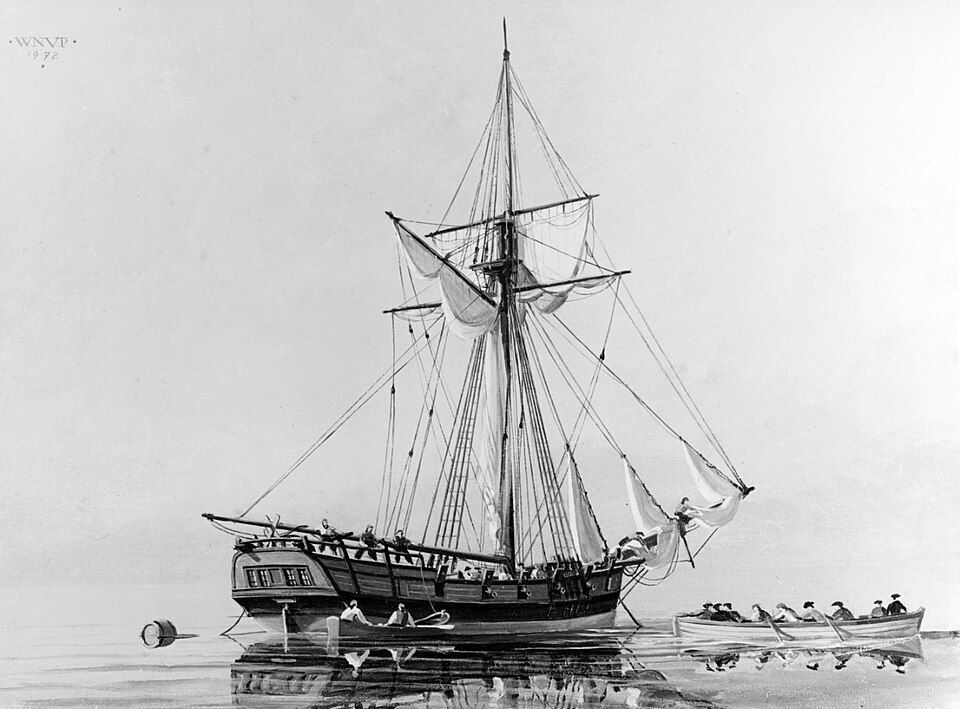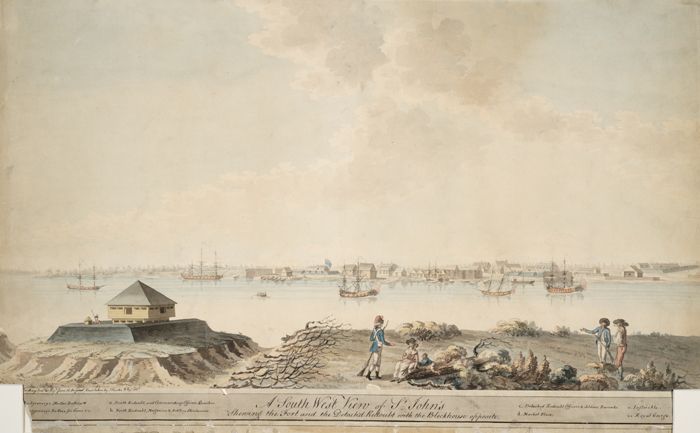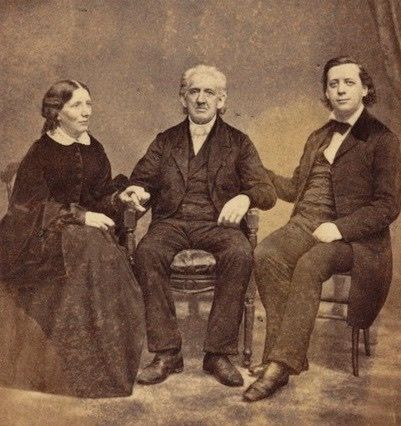250 Years Ago News
@250yearsagonews.bsky.social
1K followers
6 following
3.8K posts
The events of exactly 250 years ago today (1775). A project in conjunction with America’s semiquincentennial. By Jon Blackwell, an editor at the Wall Street Journal. Also follow me @100yearsagonews.bsky.social
Posts
Media
Videos
Starter Packs





















